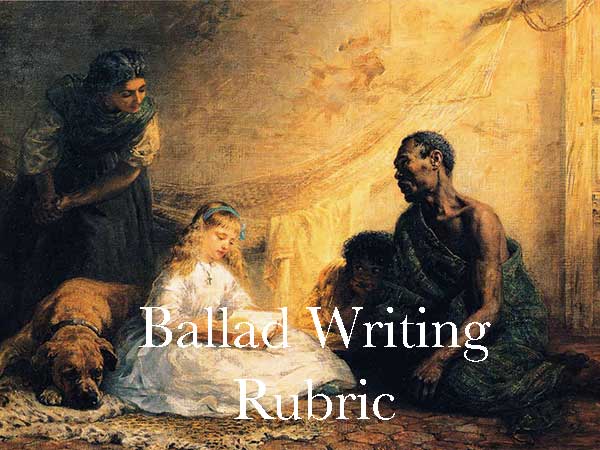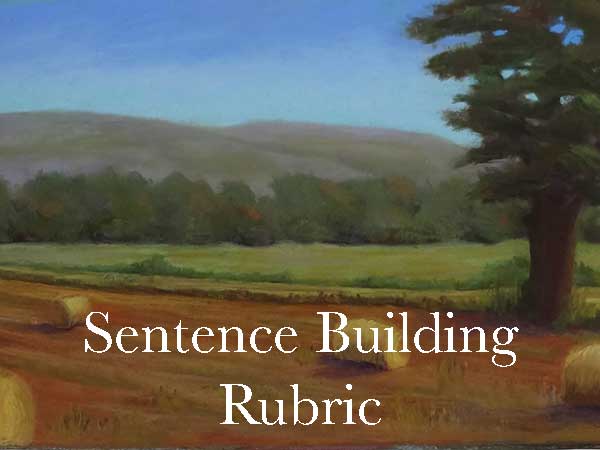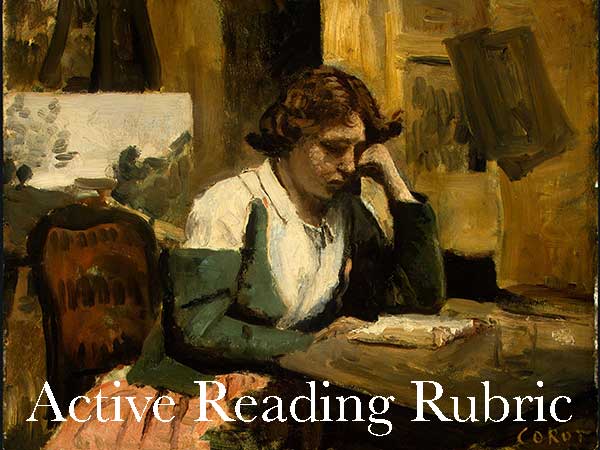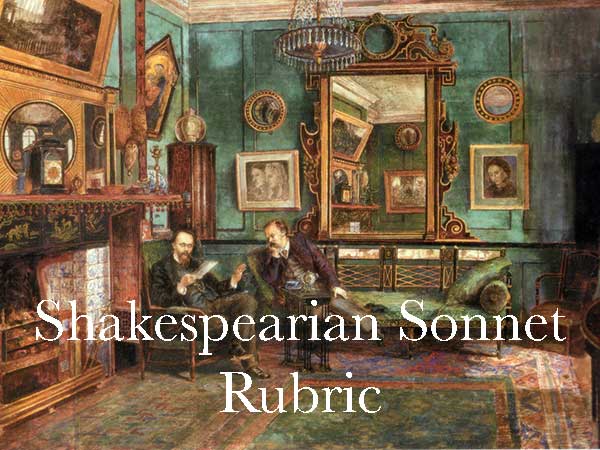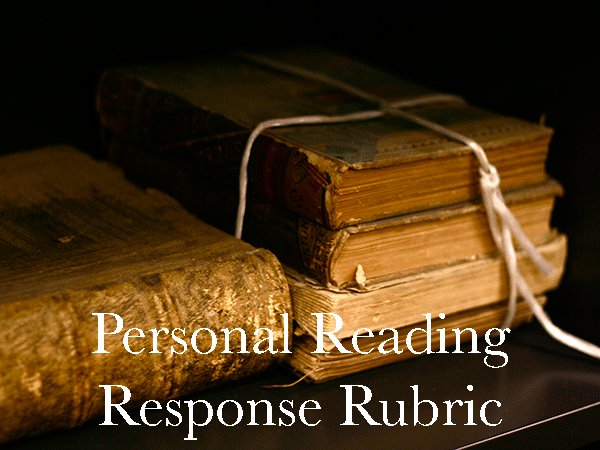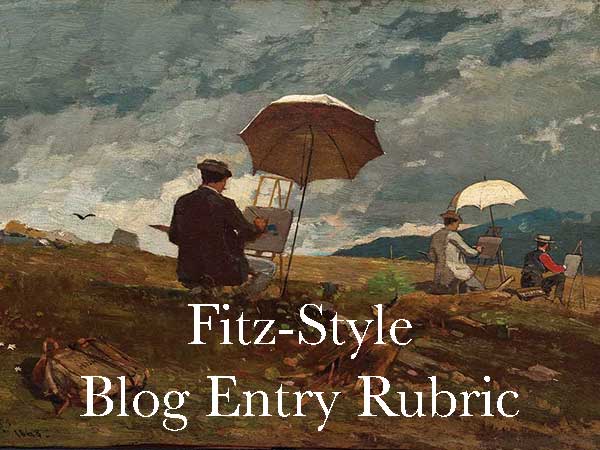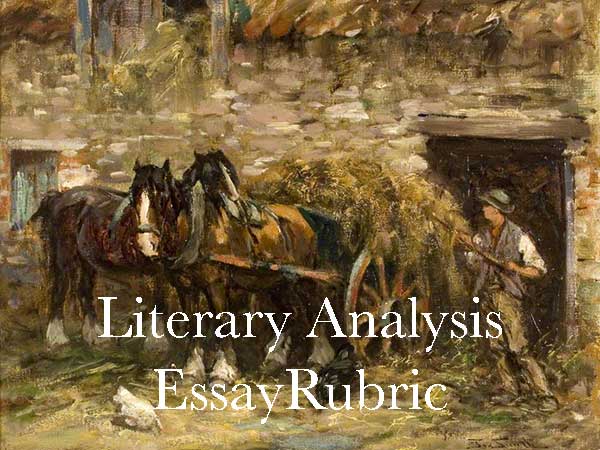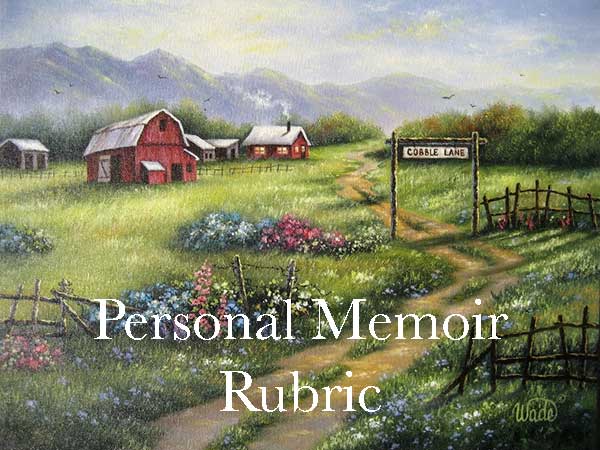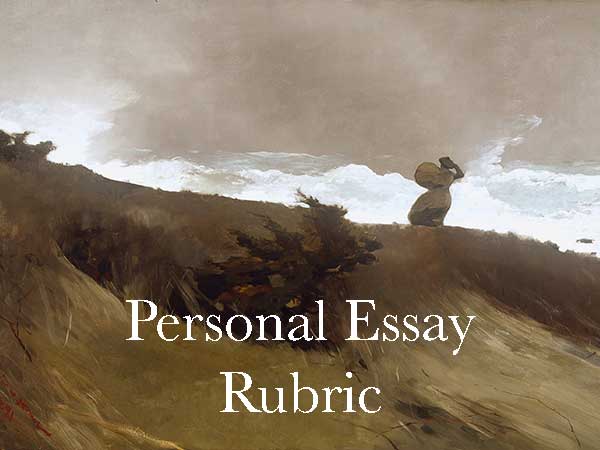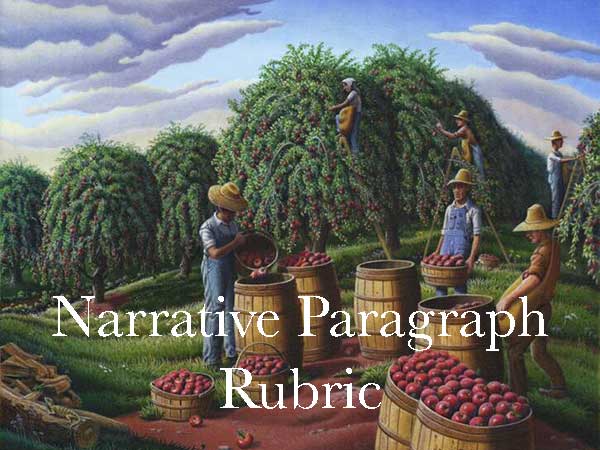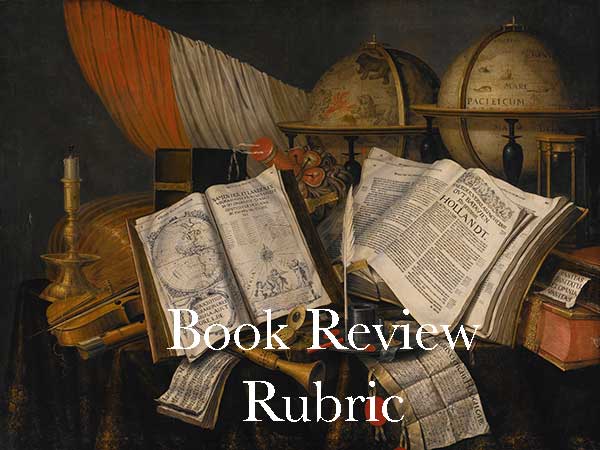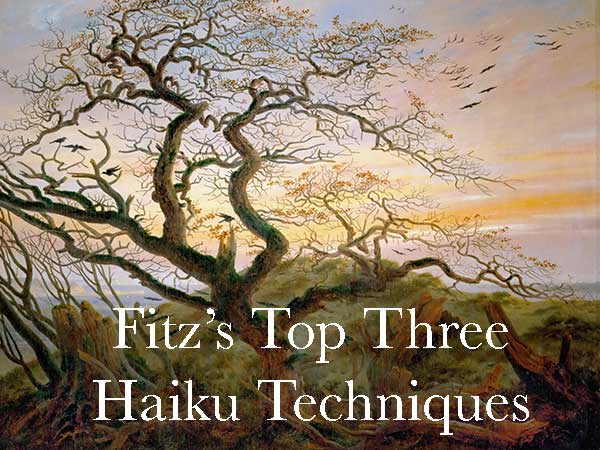
Downloads
Feel free (and they are free!) to download and use any Crafted Word Rubrics. Simply include a link to TheCrafted Word.org and help us spread the news of our site. Thanks!
-
Download the Haiku Techniques as a pdf.
-
Download an editable “Top Three Haiku Techniques” rubric [Note: The document is a Word Doc. If using an iPad with Pages, download the document and “Open in Pages.”
-
Coming soon…Download an interactive iBook from the iTunes Bookstore!
Fitz’s Top Three Haiku Techniques
To count or not to count?
That is the question…
The writing of haiku is probably one of the most dumbed down exercises in our collective poetry curriculums around the planet. Every year I ask my students the same question: ‘What do you know about haiku?’ And invariably the entire room is shouting 5-7-5 as if it is the code that will stop a bomb from going off. It is almost like asking, “What is baseball?’ and having everybody shout “FIELD” at the same time. Baseball is certainly played on a field, but the answer is a long way from the nuance, practice, and reality of the game.
Haiku has survived as an art form for so many thousands of years because there is something quintessentially cool, fun, and thought provaoking about the writing and reading of haiku—but too many of us teachers forget to keep that in mind and impose a creative rigidity at the start by insisting on a metrical structure that is as unquestioned as gravity.
Things to keep in mind when writing haiku:
- The writing of haiku has to be kept fun and thought provoking. In fact, the term haiku is derived from the word “Hai” which means “insightful,” and the term “Ku,” which means “fun.” (Or something very close to that.)
- Haiku are poems of 20 syllables or less constructed in three lines using an images, actions, and a cutting element (usually a punctuation mark that sets up the twist) that separates the haiku into two sections. This might not be the definition you know, but it is the one we will use for the haiku I teach here. It is not a bad idea to stay close to the traditional 5-7-5 syllable scheme, but it is certainly not the end all be all of “effective haiku.” Only a pedant is going to sit there and count syllables on you.
- A traditional haiku always has what is called in the Japanese language, a kigu, which is a seasonal reference of some sort, though for most western writers of haiku this has gone the way of the 5-7-5.
- A good haiku has neither too little or too much, and it just feels like a haiku when you read it or hear it. It makes you want to say, “Ahhhhh ku…”
- A haiku should be structured like a small cottage or hut: it is a small, familiar place that holds a secret of some sort—as well as the promise of great intellectual depth or emotional warmth.
- Write from your point of view from out of your own experiences.
- Never explain the meaning of what you say. Finding meaning is part of the joy and play of the readers
For poets in a Crafted Word Course…
- If you work on your haiku in your Quip folder, and I will give you feedback on your work as you work.
- Post your completed haiku in your blog. If you can post a black and white photo with each poem, that would be even cooler.
Explore the three techniques…
#1: Images + Action + Cool Twist
Technique # 1: Image + action + cool twist:
Using images and actions to create a vivid and visual experience for your reader is a powerful method for engaging and keeping your audience interested in what you are writing—and that has to be the primary goal of all writers. The most effective images and actions are created using specific nouns and verbs. I like to teach haiku as a way to practice this basic skill of writing because haiku not only use images and actions, they also add in a thoughtful element (the cutting) into each poem.
For example:
In the bog
the kid with the new sneakers
is getting nervous.
~fitz
Try it yourself:
- First create a series of images and actions and make the first two lines of a “potential” haiku.
Nature, and especially the seasons, is the best raw material for haiku. Go outside and watch nature. (Yes, move away from your computer and grab a notebook and a pencil!) - Find a place where you can just sit and observe what is happening around you.
Whenever you “see” something happening, write down that image and action using only nouns and verbs–and occasionally a necessary adjective, and rarely an adverb! - Don’t look for what is “out of the ordinary.” Look for ordinary things doing things in ordinary ways. The most commonplace images make for the best haiku.
For Example:
In her nest of grass
The robin sleeps all day
A single earthworm
Inches across the wet pavement
Three painted monarchs
Dance around a single flower
Lightening flashes
And distant rumbling
Next, take those images and actions and create a haiku by adding a short thought, question, or statement. In traditional haiku this is called the “cutting.” The cutting adds a “twist” into the poem and lets your reader experience the image and action in a new (and often profound—and sometimes funny) way.
- A good way to set off this cutting is by adding a semi-colon, double dash or colon at the end of the first section.
- I generally use a semi-colon in place of a comma and conjunction (so, yet, and, or, nor, for, but).
- I use a colon to introduce a statement or a list.
- I use the double dash when I want to add a cool thought or sudden insight to complete the haiku. Try to keep this line between four and seven syllables.
- Notice that a haiku does not have a title, but the author name is always place below in italics.
Here are the completed haiku using my examples.
In her nest of grass
The robin sleeps all day;
It must be Sunday.
~fitz
A single earthworm
Inches across the wet pavement:
Stop the speeding car?
~fitz
Three painted monarchs
Dance around a single flower—
Sweet waiting nectar!
~fitz
Lightning flashes
And vague distant rumbling:
Somebody’s getting wet.
~fitz
These may not be the greatest haiku in the world, but I hope you get the basic idea of what I am trying to do. By adding the cutting I want you to see that even the most common of experiences can have profound and unique meaning.
My techniques, derived from the Japanese masters, should help you compose haiku that are cool, fun, and insightful, but like any form of writing, the proof is always in the pudding. It is up to you to practice, experiment, innovate and use your own creative judgements while keeping in mind that traditions that evolved over the course of the last several hundred years.
Don’t break the rules because you can; break the rules only after you know them!
#2: Image on Image + Cool Twist
Technique # 2: Image on Image + Cool Twist:
Part of the powerful effect of black and white photography is the visceral response created by the contrasts between shades of black and white. For some reason, a black and white photo is, arguably, more evocative than a color image—and at least to me! For most of my assignments, I ask my students to include a black and white image to go along with their haiku.
For Example:
Outside the bombed cottage
a snow-dusted soldier smiles
and flips the pancakes.
-fitz
Now, let’s try it out…
The important part of this exercise is to practice creating images and actions using nouns and verbs and “essential” adjectives. (An essential adjective is somethibg like: a “red” rose; whereas, a non-essential adjective would be a “beautiful” rose.
First you need to create juxtaposed images–especially if the images are “out of place”–that are connected with a prepositional phrase.
For example:
The rubber ball
in the new snow
A dark puddle
on the dry street
On a withered branch
the black crow
Now add an action of some sort to the beginning or the end that helps add a new dimension and twist to the images and in doing so create a haiku:
The rubber ball
in the new snow
will soon be lost
~fitz
When will the kids find
the dark puddle
on this dry street?
~fitz
On his long grey branch
the black crow
waits all day.
~fitz
#3: Narrowing & Expanding
Technique #3: Big To Small, or Small To Big
Narrowing & Expanding–or Vice-Versa
Give me a stone and I’ll show you the universe.
Show me the universe and I’ll give you a stone.
The technique of expanding or narrowing is common and effective in all types of writing. It is a way of amplifying or focusing attention. It helps us to see the universal meaning in small and specific images; and it allows us to see the unique and particular within the “big picture.”
For example:
All that’s left
of the long winter–
a mitten in the daffodils
~fitz
Here is a way to practice technique #3, Expanding & Narrowing:
The technique of expanding or narrowing is effective in all types of writing. To use this technique to create haiku you simply need to start with either a big or a small image.
For example:
- The last oak leaf [Small: need to expand]
- The moon in the night sky [Big: need to narrow]
Now expand upon or narrow down the image:
Yesterday’s winds:
strong enough to carry away
the last stubborn leaf
~fitz
The moon in the night sky
walks with me
down this wet road
~fitz
Poetry is a craft as much as it is an art. The practice of haiku reinforces everything that is amazing about writing. A good haiku pumps oxygen into an airless room; it gives meaning and metaphor to the most common moments of life, and it captures the beauty and pathos of a moment and shares it with eternity.
Here is my favorite haiku by my favorite haiku poet!
Eaten alive by lice and flees—
now the horse
pisses on my pillow
~Basho
Explore more of The Crafted Word Rubrics
